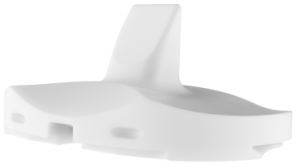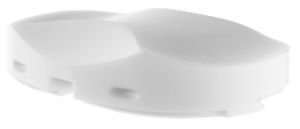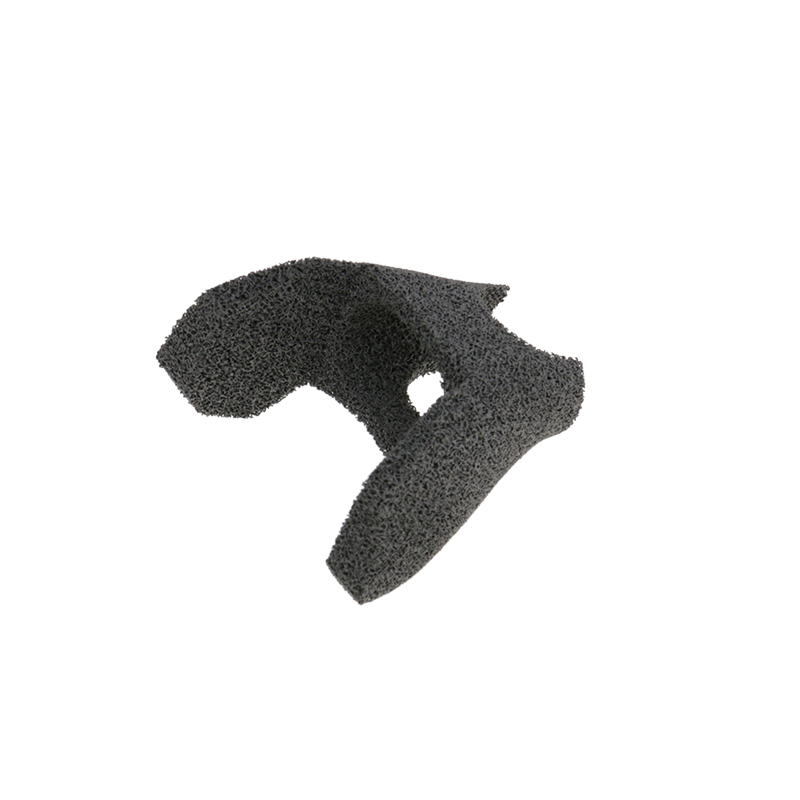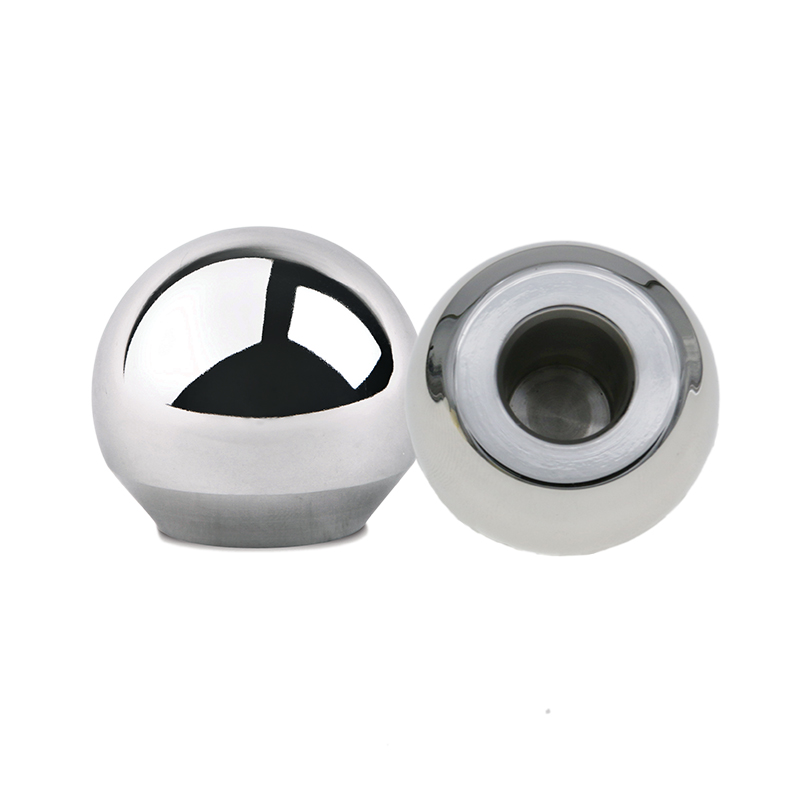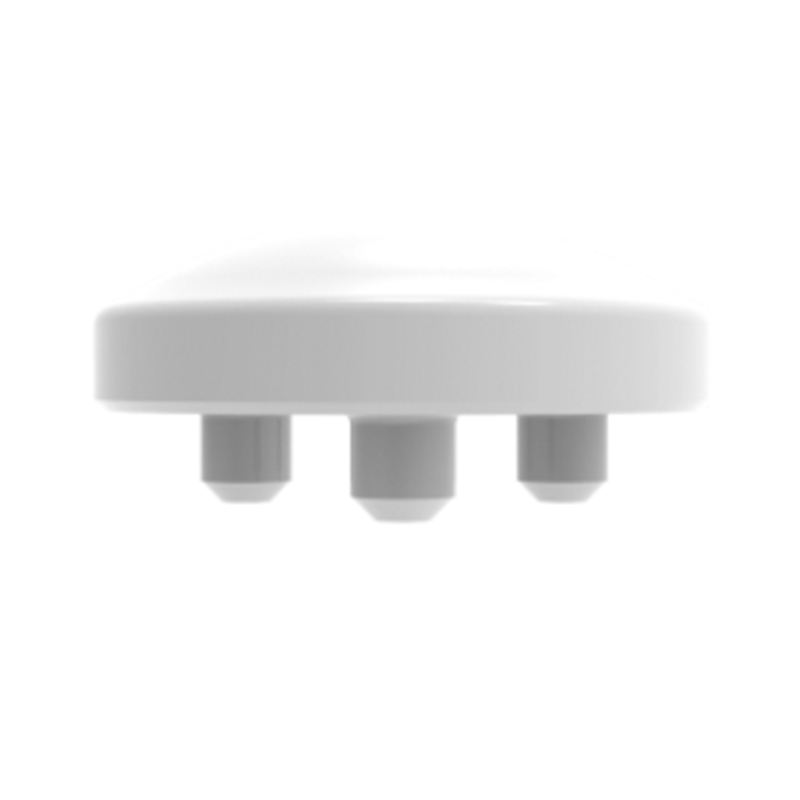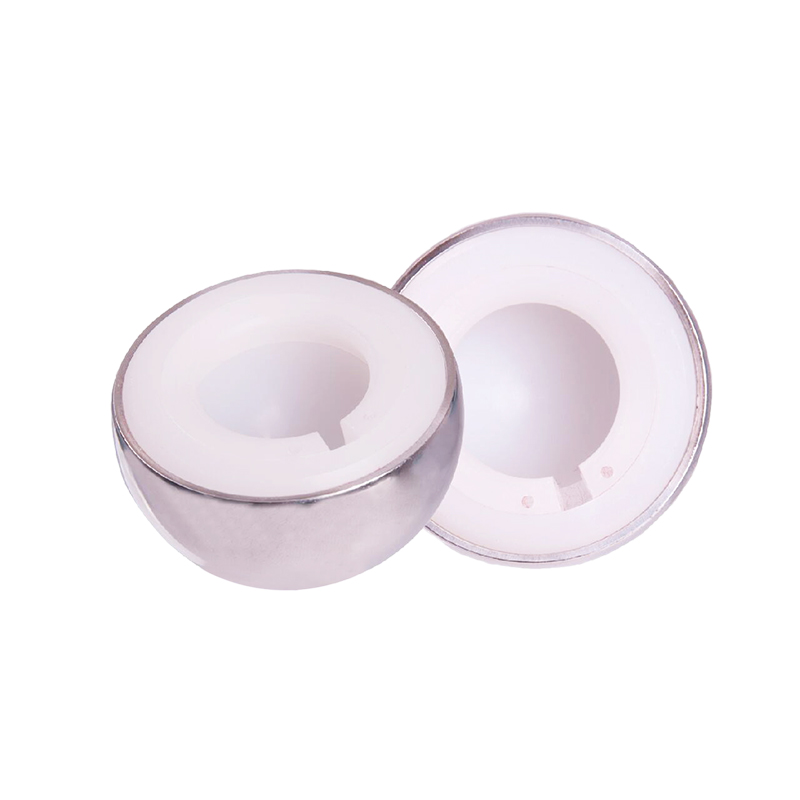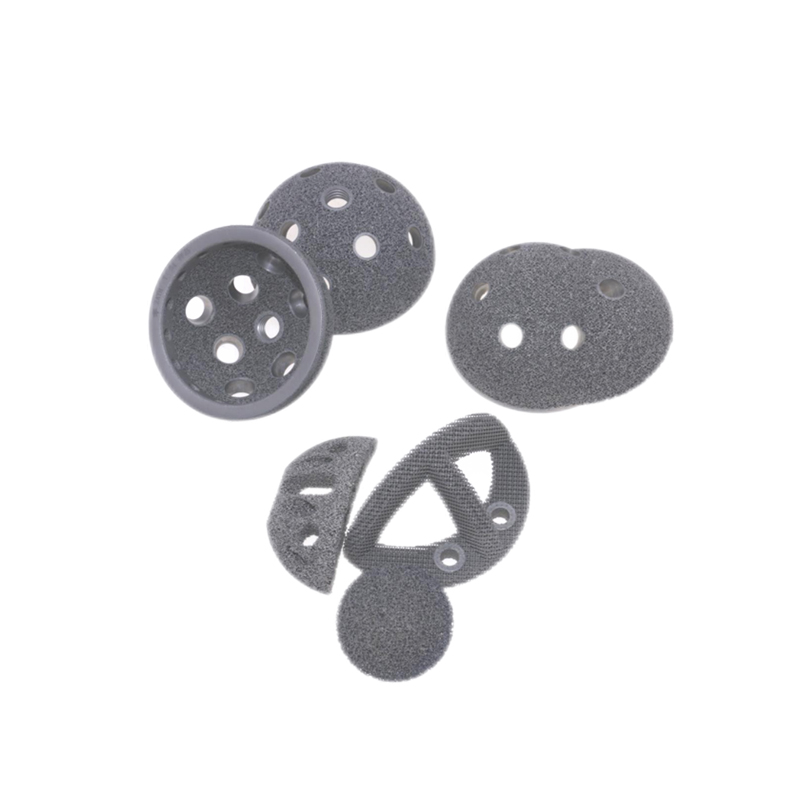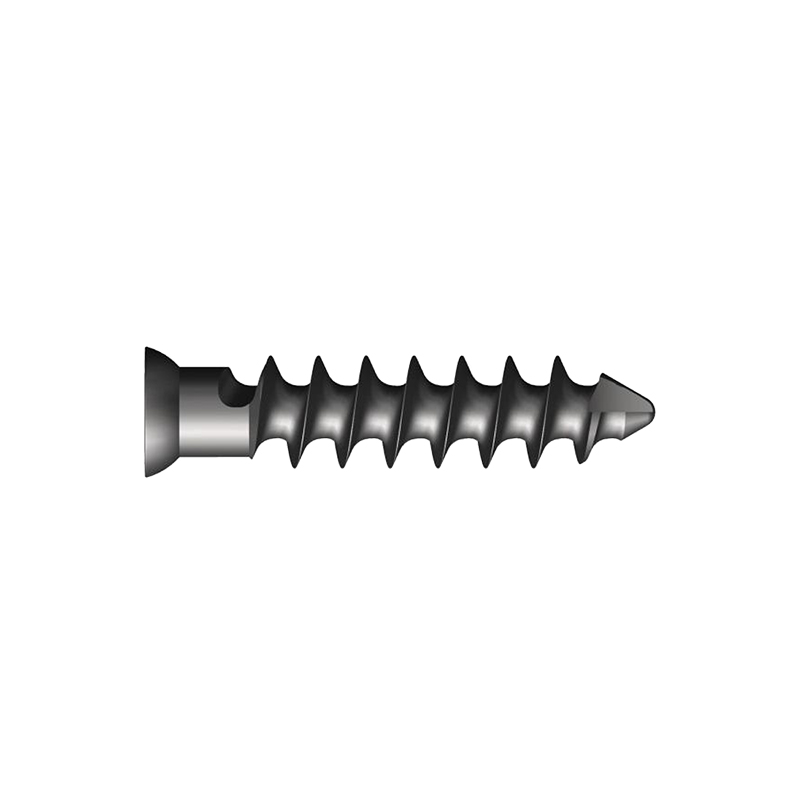Enable Tibial Insert Knee Joint Prosthesis
Product Features
1.The anterior incisure avoids the interference to the patella movement
2.The thinning rear part of tibial insert increases the flexion, reduce implant knock and avoid the dislocation risk during high flexion.


1.The anterior bevel post avoids patella strike during high flexion.
2.7˚ Retroversion angle.

Thinning rear articular surface of tibial insert reduces the dislocation risk during high flexion.
Traditional articular surface of tibial insert

Flexion 155 degree can be achieved with good surgical technique and functional exercise
Clinical Application


Indications
Rheumatoid arthritis
Post-traumatic arthritis, osteoarthritis or degenerative arthritis
Failed osteotomies or unicompartmental replacement or total knee replacement
Product Details
| Enable Tibial Insert . PS
|
Enable Tibial Insert . CR
|
1-2# 9 mm |
| 1-2# 11 mm | ||
| 1-2# 13 mm | ||
| 1-2# 15 mm | ||
| 3-4# 9 mm | ||
| 3-4# 11 mm | ||
| 3-4# 13 mm | ||
| 3-4# 15 mm | ||
| 5-6# 9 mm | ||
| 5-6# 11 mm | ||
| 5-6# 13 mm | ||
| 5-6# 15 mm | ||
| Material | UHMWPE | |
| Qualification | ISO13485/NMPA | |
| Package | Sterile Packaging 1pcs/package | |
| MOQ | 1 Pcs | |
| Supply Ability | 1000+Pieces per Month | |
During knee joint tibial insert surgery, the surgeon will make an incision in the knee and remove the damaged portion of the tibial plateau. The surgeon will then prepare the bone to receive the tibial insert implant. The tibial insert is a plastic spacer that fits between the tibial plateau and the femoral component.The surgeon will use specialized tools to precisely fit the tibial insert into the tibial plateau. The fit must be precise to ensure the knee joint operates smoothly and there is no excessive friction between the insert and the femoral component.Once the tibial insert is in place, the surgeon will close the incision and the patient will begin the recovery process. As with femoral component surgery, patients will typically need to participate in physical therapy exercises to help strengthen the knee and promote healing. After a few months of rehabilitation, patients can normally expect the knee to feel much better and have improved functionality. However, it is important to follow any post-operative instructions provided by the surgeon to ensure optimal healing and recovery.





